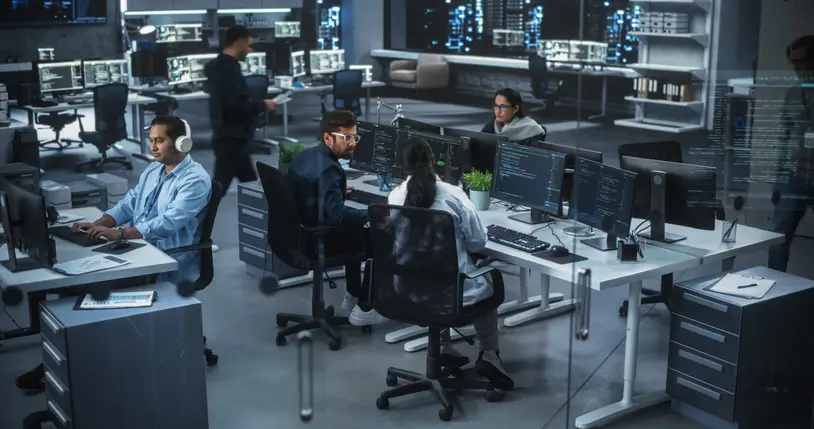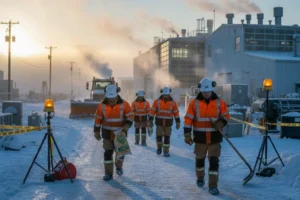Laboratories are essential spaces for innovation, research, and learning—but they can also be high-risk environments if proper safety and security measures are not followed. From chemical hazards and biological materials to equipment mishandling and security breaches, labs present a wide range of potential dangers. Therefore, creating a culture of safety, responsibility, and preparedness is crucial for every lab setting, whether academic, industrial, or clinical.
Here are ten comprehensive strategies to help keep a laboratory safe and secure.
1. Wear the Correct Personal Protective Equipment (PPE)
Wearing the right PPE makes it difficult to protect yourself from chemical spills, biological hazards, and physical injuries. Common PPE includes:

- Lab coats to protect skin and clothing
- Safety goggles or face shields to guard eyes from splashes and flying debris
- Gloves made from materials suited to the chemicals you're handling
- Closed-toe shoes, preferably non-slip, to protect feet from spills and falling objects
Ensure that PPE fits properly and is regularly inspected for damage. For example, disposable gloves should be changed frequently and never reused. Lab coats should be buttoned up, and long hair must be tied back to prevent it from catching on equipment or open flames. Jewelry should also be removed or minimized.
In specialized settings, PPE might also include respiratory protection, hearing protection, or flame-resistant clothing. Workers must be trained to recognize when additional PPE is necessary and how to use it properly.
2. Practice Good Personal Hygiene
Maintaining high standards of personal hygiene in the lab helps prevent contamination and reduce the risk of exposure to hazardous substances.
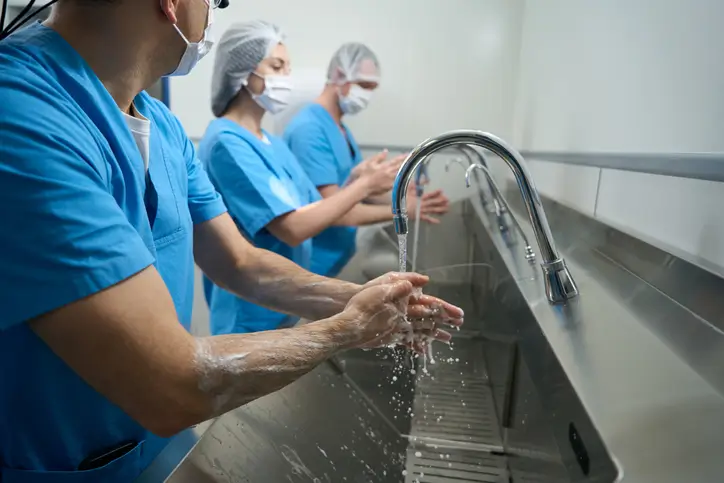
- Always wash your hands before and after lab work, especially after removing gloves and before eating, drinking, or touching your face.
- Avoid wearing contact lenses unless specifically approved, as they can trap harmful vapors.
- Never apply cosmetics or handle personal items like phones in the lab area.
Even small lapses in hygiene can lead to serious health consequences. For instance, failing to wash your hands after handling toxic materials may result in the ingestion of harmful substances when eating or drinking water.
3. Prohibit Food and Drink in the Lab
Consuming food or beverages in the lab is strictly prohibited. This policy is not just about cleanliness—it’s about preventing accidental ingestion of toxic or infectious agents.

- Designate separate areas for eating and drinking.
- Do not store food in laboratory refrigerators or near chemical storage.
- Label and segregate all personal items to prevent confusion or cross-contamination.
Bringing food or drink into a lab area, even if sealed, undermines both hygiene protocols and overall safety.
4. Properly Dispose of Laboratory Waste
Improper waste disposal can result in chemical reactions, biological contamination, or environmental harm. Always follow established waste disposal protocols:

- Use designated containers for sharps, biohazardous materials, chemical waste, and general lab refuse.
- Label all waste containers clearly and keep them sealed when not in use.
- Never pour chemicals down the sink unless authorized to do so, and avoid mixing incompatible wastes.
- For biological waste, follow your facility’s guidelines—this may include autoclaving, incineration, or treatment with disinfectants.
Regularly check and empty waste bins and ensure disposal methods adhere with local, state, and federal regulations.
5. Handle Chemicals with Extreme Care
Chemical safety is a cornerstone of lab operations. Understanding how to store, use, and dispose of chemicals is vital:
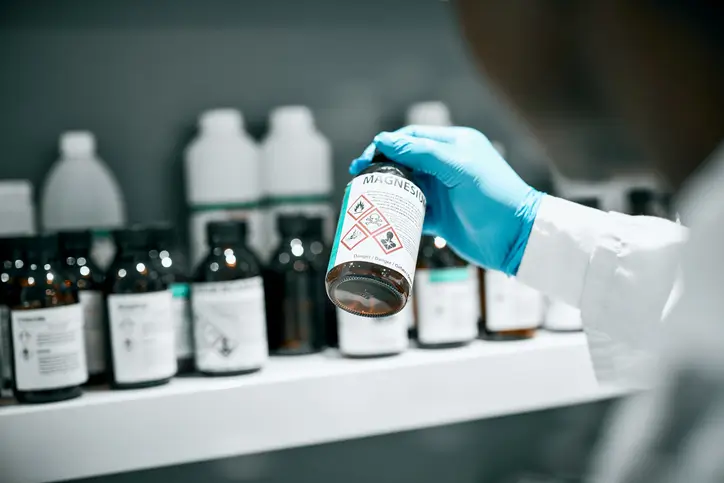
- Always read the Safety Data Sheet (SDS) before using a chemical.
- Store chemicals in compatible, labeled containers and in proper conditions (e.g., flammables in flame-proof cabinets).
- Use fume hoods when working with volatile or toxic substances.
- Never pipette by mouth—use mechanical pipetting devices.
- Keep an updated chemical inventory and restrict access to particularly hazardous substances.
Chemical reactions can be unpredictable if not managed properly. Training and adherence to established protocols help prevent dangerous incidents.
6. Maintain Clean and Organized Workspaces
An orderly lab minimizes hazards and promotes efficiency:

- Clean work surfaces before and after experiments.
- Avoid clutter that can obscure spills or obstruct emergency equipment.
- Do not leave reactions unattended unless explicitly approved and monitored.
- Clearly label all materials and reagents with their contents, date, and initials.
Spills should be cleaned immediately using appropriate materials, such as spill kits, and all surfaces should be regularly disinfected, especially in labs working with biohazards.
7. Ensure Proper Training and Emergency Preparedness
Lab personnel must receive comprehensive training before starting work and participate in regular refreshers.

- Training should include hazard recognition, emergency response, chemical handling, and the use of safety equipment.
- Know the locations of eyewash stations, fire extinguishers, spill kits, safety showers, and emergency exits.
- Maintain and post emergency contact lists and response procedures.
- Conduct periodic drills for fire, chemical spills, and other emergencies.
Training is not a one-time event. Continuous learning and reinforcement of safety practices are necessary for long-term safety adherence.
8. Implement Access Controls and Security Measures
A secure lab is a safe lab. Access control helps prevent theft, vandalism, and unauthorized handling of sensitive or dangerous materials:

- Use ID badges, key cards, or biometric systems to restrict entry.
- Maintain logs of who enters and exits high-security areas.
- Lock up hazardous materials in secure cabinets or rooms when not in use.
- Install surveillance cameras where appropriate.
Also, ensure that all lab staff understand cybersecurity best practices when handling research data and intellectual property.
9. Regularly Review Safety Protocols
Routine evaluation of safety procedures helps keep your lab up to date:
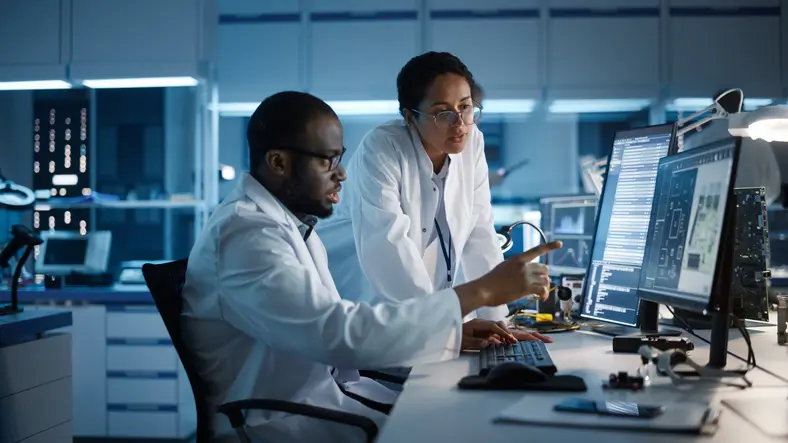
- Schedule regular safety audits and risk assessments.
- Update Standard Operating Procedures (SOPs) when new equipment, chemicals, or processes are introduced.
- Encourage a proactive approach to safety by identifying and correcting minor issues before they become serious problems.
Documentation and version control are key. Maintain digital or physical logs of safety audits and ensure accessibility to all lab personnel.
10. Foster a Culture of Safety
Safety is not just a checklist—it’s a mindset. A culture of safety ensures that all individuals feel responsible for maintaining a secure lab environment:

- Encourage open communication about near-misses or unsafe behaviors.
- Avoid blame-focused responses and instead promote collaborative problem-solving.
- Recognize and reward safety-conscious behaviors.
- Discuss safety topics in regular meetings and make safety part of the lab’s identity.
When safety becomes part of the lab’s core values, adherence and vigilance increase across the board.
Final Thoughts
Keeping a lab safe requires commitment, training, and vigilance. By following key safety practices, labs protect people, preserve research, and ensure productivity, making safety a shared responsibility and an essential investment in scientific success.
